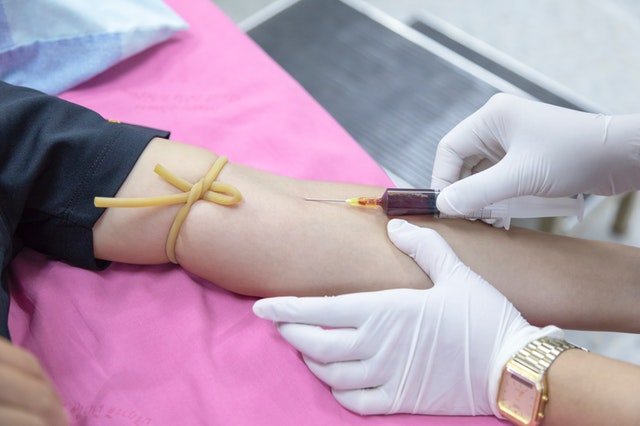Learn More about Leukemia
 Leukemia is a cancer of blood or bone marrow. Bone marrow produces blood cells. Whenever there’s an issue with the creation of blood cells leukemia can occur. The leukocytes or white blood cells normally affect.
Leukemia is a cancer of blood or bone marrow. Bone marrow produces blood cells. Whenever there’s an issue with the creation of blood cells leukemia can occur. The leukocytes or white blood cells normally affect.
It is the most frequent cancer in people, although it is likely to influence people over age 55 decades.
Chronic leukemia gets worse as time passes, although acute leukemia worsens quickly and develops.
Reasons
When the DNA of blood cells becomes damaged in some manner, leukemia occurs.
This also causes the blood vessels to grow and divide consistently so there are a lot of.
Healthy blood cells expire after some time and are replaced with new cells that can be generated in the bone marrow.
The strange blood cells don’t die when they should. They collect, occupying distance.
As cancer cells have been generated, they prevent the white blood cells by developing and working generally, by receding area in blood.
Basically, the undesirable cells crowd out the excellent cells from the blood.
Risk factors
The possibility of leukemia increases.
These are known or suspected variables:
Synthetic lipoic acid
viruses, like the individual T-lymphotropic virus (HTLV-1) and HIV
benzene and a number of petrochemicals
alkylating chemotherapy agents utilized in preceding vaccines
hair dyes
smoking
Genetic predisposition: Many folks today seem to have a greater chance of developing leukemia due to a mistake in a single or many genes.
Down syndrome: Individuals with Down syndrome seem to have a greater danger, possibly because of particular chromosomal alterations.
There’s inadequate evidence, although It’s been indicated that exposure to energy may be connected to leukemia.
Remedy
There are a variety of forms of leukemia, and they affect individuals. Treatment options will be dependent on the individual’s age as well as the sort of leukemia and the condition of wellness.
Progress in medicine usually means that therapy is now able to target for remission, in which cancer goes following therapy. Back in 1975, the odds of surviving for five decades or longer after having a diagnosis of leukemia had been 33.1 percent. From 2009, that figure had climbed to 62.9 percent.
The kind of therapy is chemotherapy. This may be tailored to the sort of cancer that a patient has.
The prospect of remission is greater if therapy begins early.
Kinds of treatment include:
- Targeted treatment
- interferon treatment
- chemotherapy
- radiation treatment
- operation
- stem cell transplantation
The body can be affected by chemotherapy, however, treatment is directed at a certain portion of the cancer cell.
Observation is vital, although therapy is not needed by some kinds of leukemia in the first phases. Watchful waiting may be suggested by the oncologist.
To get a sort of leukemia called chronic myeloid leukemia (CML), a bone marrow transplant might be effective. Younger patients are more likely to experience transplantation.

